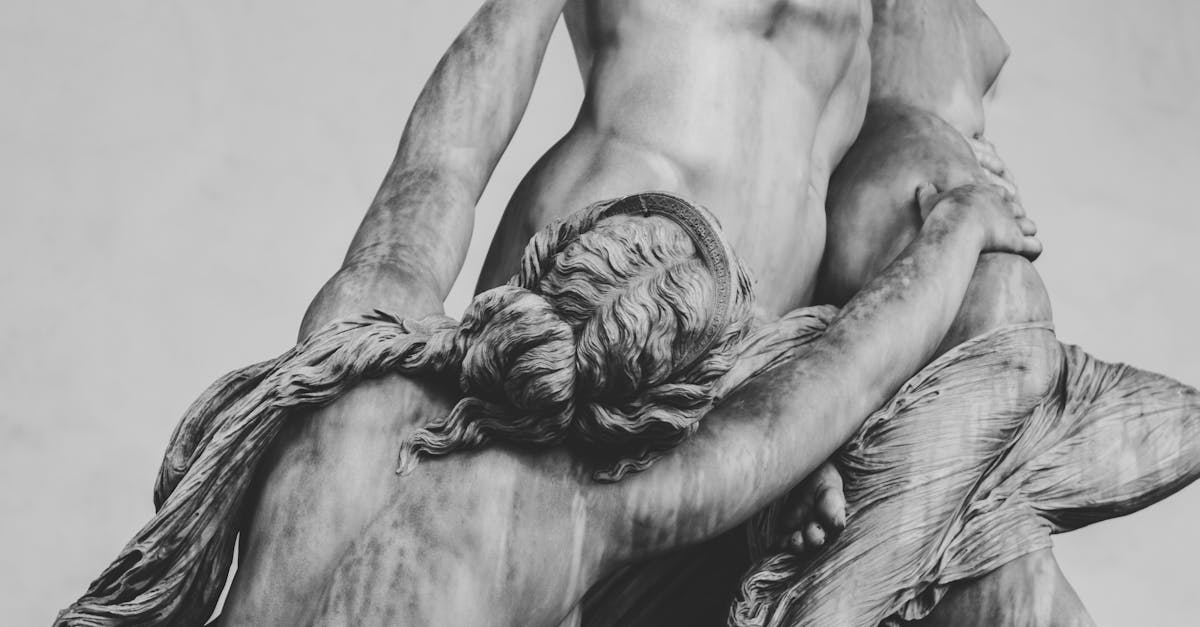Sculpting in relief and environmental sculpture using clay requires a unique set of tools and techniques to bring intricate designs to life. Whether you’re a beginner or an experienced sculptor, having the right knowledge and equipment is crucial in achieving stunning results. In this article, we will explore 12 essential tools and techniques that will help you master the art of creating beautiful relief and environmental sculptures using clay.
1. Clay Modeling Tools
Clay modeling tools are the foundation of any sculptor’s toolkit. These tools come in various shapes and sizes, such as wire loops, ribbon tools, and sculpting knives, allowing you to manipulate the clay with precision and detail. When working on relief sculptures, fine-tip tools are essential for carving intricate patterns and textures.
2. Armature
An armature provides structure and support to your clay sculpture, especially for larger and more intricate designs. Use materials like wire, wood, or aluminum foil to create a sturdy armature that will prevent your sculpture from collapsing as you work on it.
3. Clay Rolling Pin
A clay rolling pin is essential for flattening and smoothing out clay to create even surfaces on your sculpture. This tool is particularly useful for relief sculptures, where you need to maintain consistent thickness across the entire piece.
4. Texture Tools
Texture tools come in various forms, such as stamps, brushes, and combs, and they add depth and interest to your sculptures. Experiment with different textures to create unique patterns and designs on your relief and environmental sculptures.
5. Clay Extruder
A clay extruder is a versatile tool that allows you to create intricate shapes and designs with ease. Use different dies and attachments to extrude clay in various patterns, perfect for adding decorative elements to your sculptures.
6. Sculpting Wire
Sculpting wire is ideal for removing excess clay, defining shapes, and creating fine details on your sculptures. This tool is indispensable for creating delicate and precise contours in relief sculptures.
7. Sponge and Water
A sponge and water are essential for smoothing out rough surfaces, blending clay seams, and adding moisture to prevent cracking. Keep a water spritzer and a sponge handy to ensure your clay remains workable and pliable throughout the sculpting process.
8. Kiln or Oven
If you’re working with air-dry clay, a kiln or oven is necessary for firing your sculptures to achieve hardness and durability. Follow the manufacturer’s instructions for proper baking temperatures and times to ensure your sculptures are cured properly.
9. Modeling Sticks
Modeling sticks are versatile tools that can be used for shaping, scoring, and detailing clay sculptures. Choose a variety of sizes and shapes to suit different sculpting needs, whether you’re creating relief carvings or environmental installations.
10. Clay Sculpting Brushes
Clay sculpting brushes are invaluable for smoothing surfaces, blending colors, and adding fine details to your sculptures. Invest in a range of brushes with different bristle types and sizes to achieve various textures and finishes in your artwork.
11. Finishing Tools
Finishing tools, such as sandpaper, polishing stones, and sealants, are essential for refining and protecting your sculptures. Use these tools to smooth out imperfections, enhance surface finishes, and seal your sculptures against moisture and environmental damage.
12. Patience and Practice
While tools and techniques are essential for sculpting success, patience and practice are equally important. Sculpting in relief and environmental sculpture takes time and dedication to master, so don’t be discouraged by setbacks or imperfections. Keep practicing, experimenting with different tools, and techniques to enhance your skills and create breathtaking sculptures in clay.
Conclusion:
Mastering the art of relief and environmental sculpture in clay requires a combination of creativity, skill, and the right tools and techniques. By incorporating the 12 essential tools and techniques mentioned in this article into your sculpting practice, you can elevate your artwork to new heights and create stunning, visually engaging sculptures that captivate viewers. Embrace the creative process, hone your sculpting skills, and let your imagination run wild as you explore the boundless possibilities of sculpting in clay.


